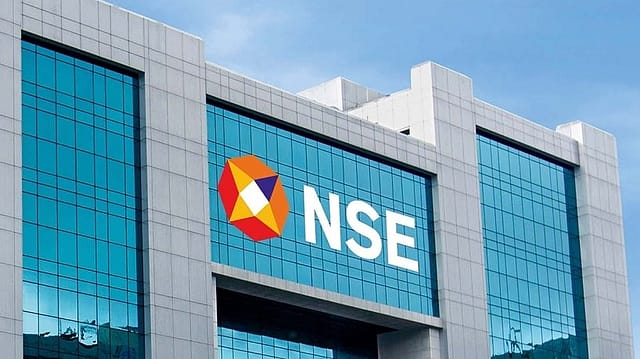Why Dream Budget for salaried class could not lift Nifty?
ADVERTISEMENT

Despite announcing a dream budget for the salaried class and record hike in infrastructure spending, the Nifty 50 ended in red with a 46-point slide. The disappointing move by the Nifty 50 Index has confused market practitioners who follow economy and fundamental analysis before investing.
To propel the growth engine of the Indian economy by giving a boost to consumption and a major push to infrastructure spending, the government announced a sharp increase of 33% in capital spending while it also enhanced the tax slab for salaried individuals. Taking cue from positives of budget, Nifty reached a high of 17,972 but within an hour the Index nosedived 619 points from the day's high. Why did the market fall on a day when the government announced a slew of measures for boosting consumption and capital spending?
To be sure, economy is just one piece of the market puzzle being followed by smart money. What are the other moving parts that explain today's index fall for market participants? To begin with, the composition of the index is a key matrix that is keenly observed by smart money.
In today's Budget though there was a plethora of positive news for the consumption and infrastructure sector but there were some announcements that may pose a challenge to financials like insurance and NBFCs in the coming days. Moreover, Bloomberg News reported that Swiss finance giant Credit Suisse has stopped accepting bonds from Adani Group of companies as collateral for margin loans to its private banking clients that tanked Adani Enterprises and Adani Ports that are part of Nifty 50. Since Indian banks have over ₹81,000 crore exposure to Adani Group, banking stocks too felt the pressure of bad news in Adani Group.
January 2026
Netflix, which has been in India for a decade, has successfully struck a balance between high-class premium content and pricing that attracts a range of customers. Find out how the U.S. streaming giant evolved in India, plus an exclusive interview with CEO Ted Sarandos. Also read about the Best Investments for 2026, and how rising growth and easing inflation will come in handy for finance minister Nirmala Sitharaman as she prepares Budget 2026.
Financial stocks that include banking, insurance, NBFCs and card companies are the largest component of Nifty with a weight of 37.16%. Moreover, the weight of fast moving consumer goods, consumer durables and automobiles that reflect the India consumption story command 8.58%, 3.06%, and 5.51% respectively. Thus, the cumulative weight of sectors that represent consumption in India is around 17%.
Meanwhile, the sectors that can benefit from higher government capex like Construction, telecommunication, power and construction material possess a weight of 3.02%, 2.5%, 1.91%, and 1.78% respectively in Nifty 50 Index. Thus, cumulative weight of sectors that get a boost from government capex push is 9.21%.
Also, the cumulative weight of companies that reflects consumption and infrastructure is around 26% of Nifty 50 which is almost 11% less than the Financial sector. Therefore, disappointing news on the financial sector spooked the market despite good news in other sectors.
Interestingly, in the past 15 years, the Nifty's composition has changed drastically, and it has a huge bearing on the index valuation. In 2005-06, the bulk of the index value was coming from high capital intensive, high leveraged, old economy companies. Thus high capital spending by the government used to propelled the market.
But, today, tangibles have taken a backseat and data-driven consumer-oriented financials like insurance and information technology companies with intangible assets like human resources and patented technologies are at the forefront in the index.
In 2005, the energy sector (with a weight of 25.1%) was the biggest component of the Nifty, while financials (with 14.7% weight) was the third largest. In 2023, both the sectors exchanged their positions. Financials (with 37.16% weight) is now the biggest component, while energy (12.99%) is the third biggest component of the Nifty.
